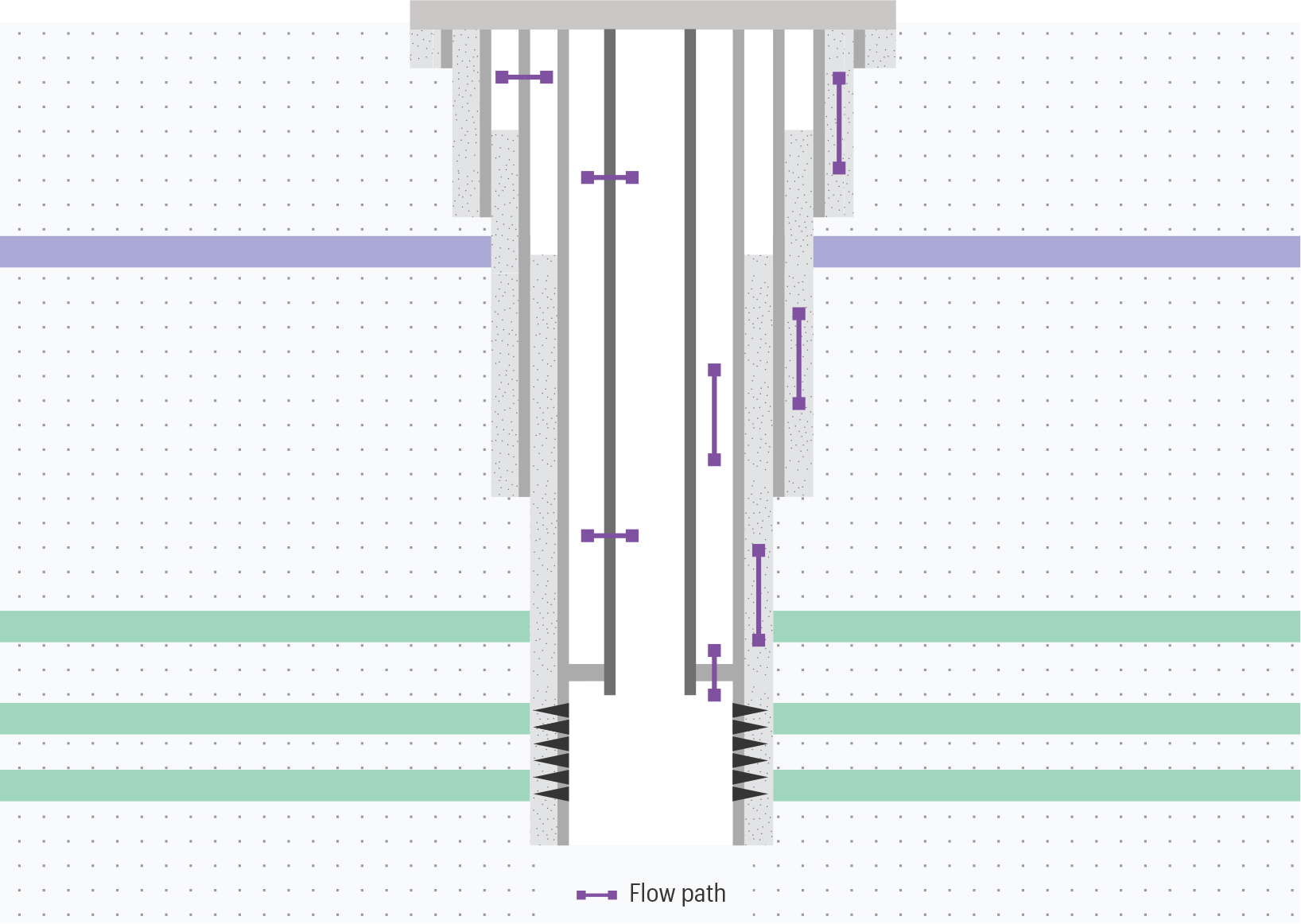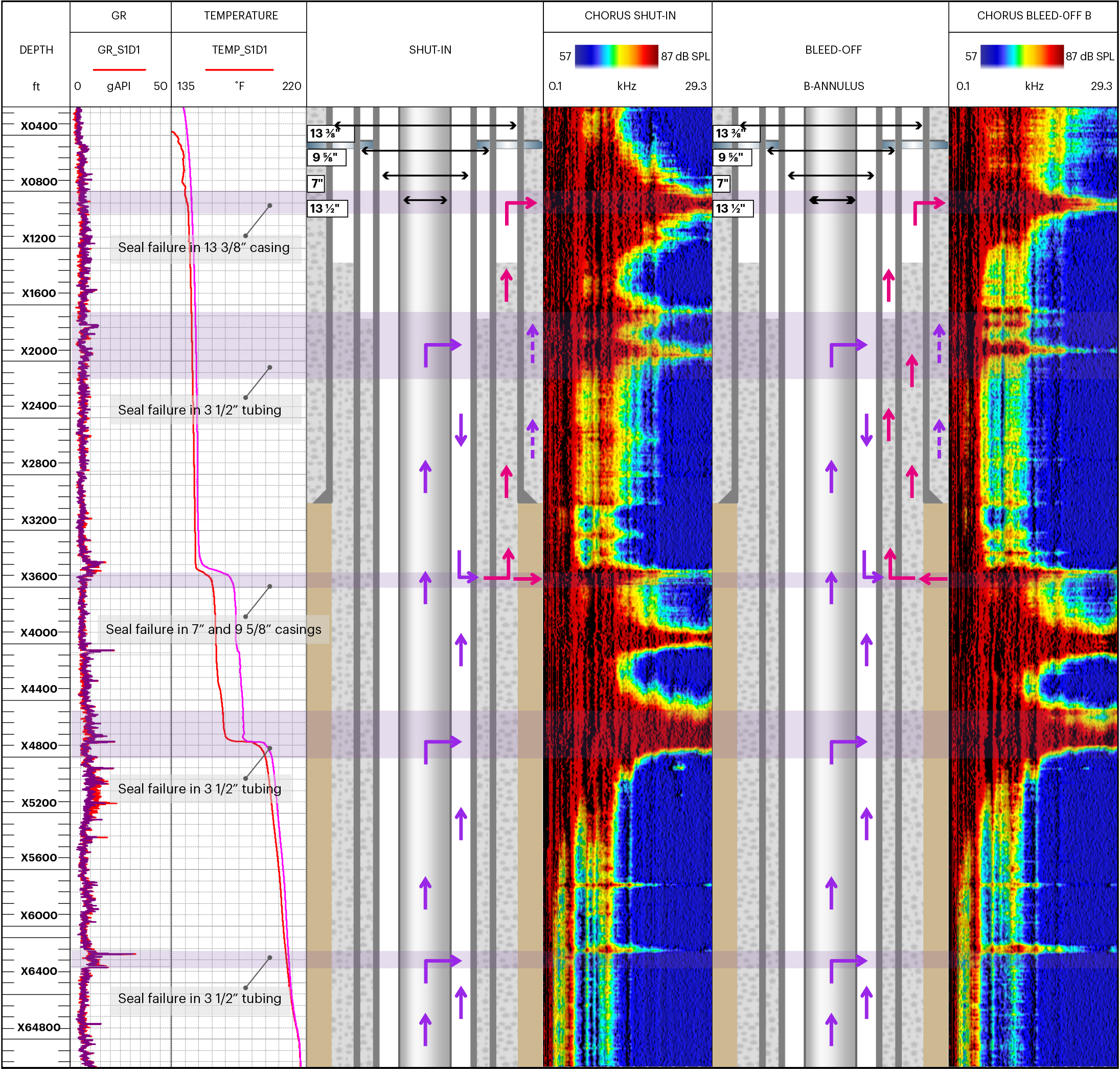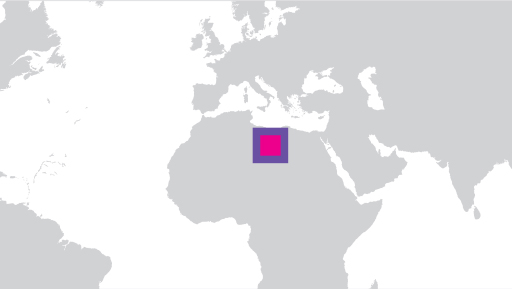A 60-year old well in the Chadar field, Libya was exhibiting a leak at surface and sustained pressure in all three annuli – A, B and C. The age of the well coupled with the symptoms suggested a complex multi-barrier failure scenario that needed to be diagnosed quickly and accurately so that the well could be secured safely.
- Location Libya
- Customer Zallaf
- Field Chadar
- Well Type Oil producer
-
Eliminated uncontrolled release of fluids
-
Avoided further pollution and safety hazards
-
Enabled safe and secure P&A of a 60-year old well
-
Comprehensive diagnosis of complex barrier failure scenario


